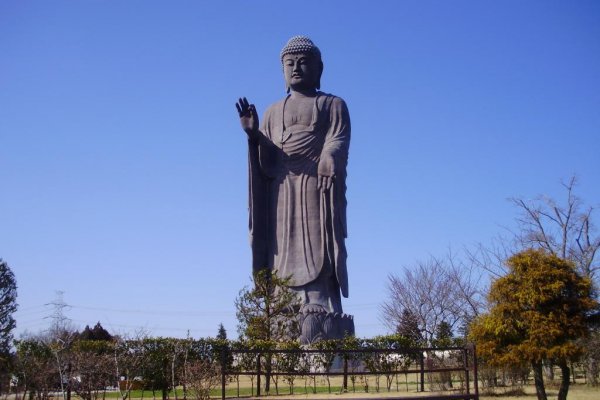Statue of Unity
The Statue of Unity is a monument dedicated to the
Indian politician Sardar Vallabhbhai Patel (one of the founders of modern
India). The total height of the statue, from its base, is 240 meters. The base
has a height of 58 meters and the statue is 182 meters. It would be built with
a steel structure, reinforced concrete cement and bronze cladding.
The Buddha of the Spring Temple
It is a
statue in the municipality of Zhaocun in Lushan, province of Henan (China). It
was built between 1997 to 2008.
It is 128
meters high, which includes a throne of 20 meters shaped like a lotus flower.
If we also take into account the building on which it sits, the total height
rises to 153 meters.
The Gautama
Buddha of Laykyun Setkyar
It is a
monumental statue that with a height of 116 meters, is the third tallest statue
in the world. It stands on a 13.5-meter pedestal located in the village of
Khatakan Taung, near the neighboring village of Monywa, in the province of
Sagaing, in Burma. Its construction began in 1996 and ended in February 2008.
Ushiku
Daibutsu
It is a
statue found in Ushiku, Ibaraki Prefecture, Japan. It represents Amitābha.
This sculpture
was completed in 1995; Its structure is made of steel and is covered in bronze.
It is three times higher and thirty times larger than the Statue of Liberty.
Its
dimensions have a symbolic reason: the 120 m of height (of which 100 are of the
own statue and the 20 remaining correspond to the pedestal) are related to 12
rays of light that arise from the Buddha towards the world. And the dimensions
in detail are also surprising: each eye measures 2.5 m; the ear, 10 m; the
hands, 18 m each and their position means the acceptance of all the men of the
world; and, finally, each finger measures 7 meters.
The Sendai
Daikannon
It is a
statue of the goddess Kannon located in the city of Sendai, Miyagi prefecture,
it is the tallest statue of a goddess in Japan. Its construction was completed
in 1991.
Its height
is 100 meters. An elevator transports visitors to the top, from where you can
contemplate the city of Sendai. The statue carries in its right hand the gem of
the nyoihōju desires, while in the left it holds a flask of water.
















